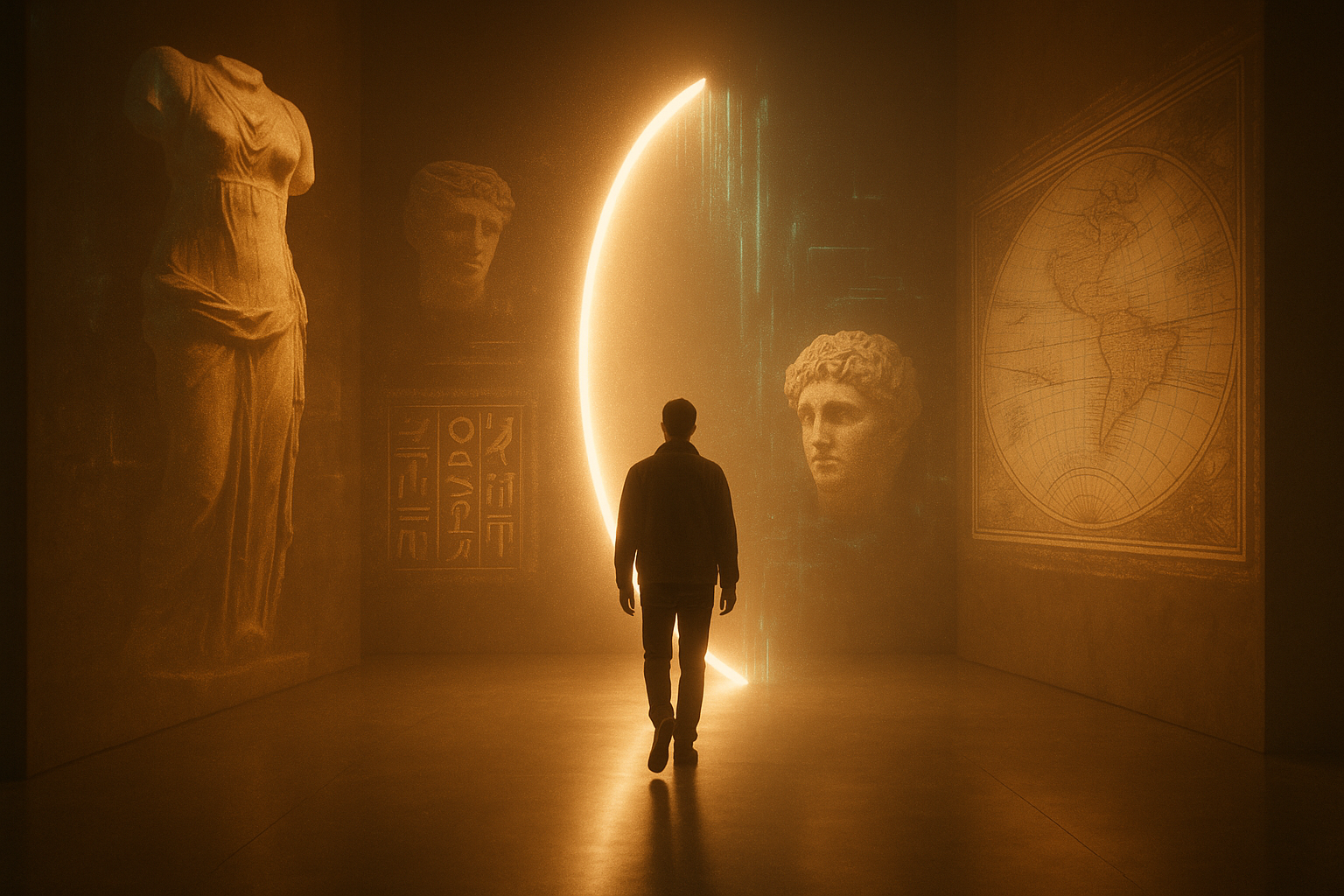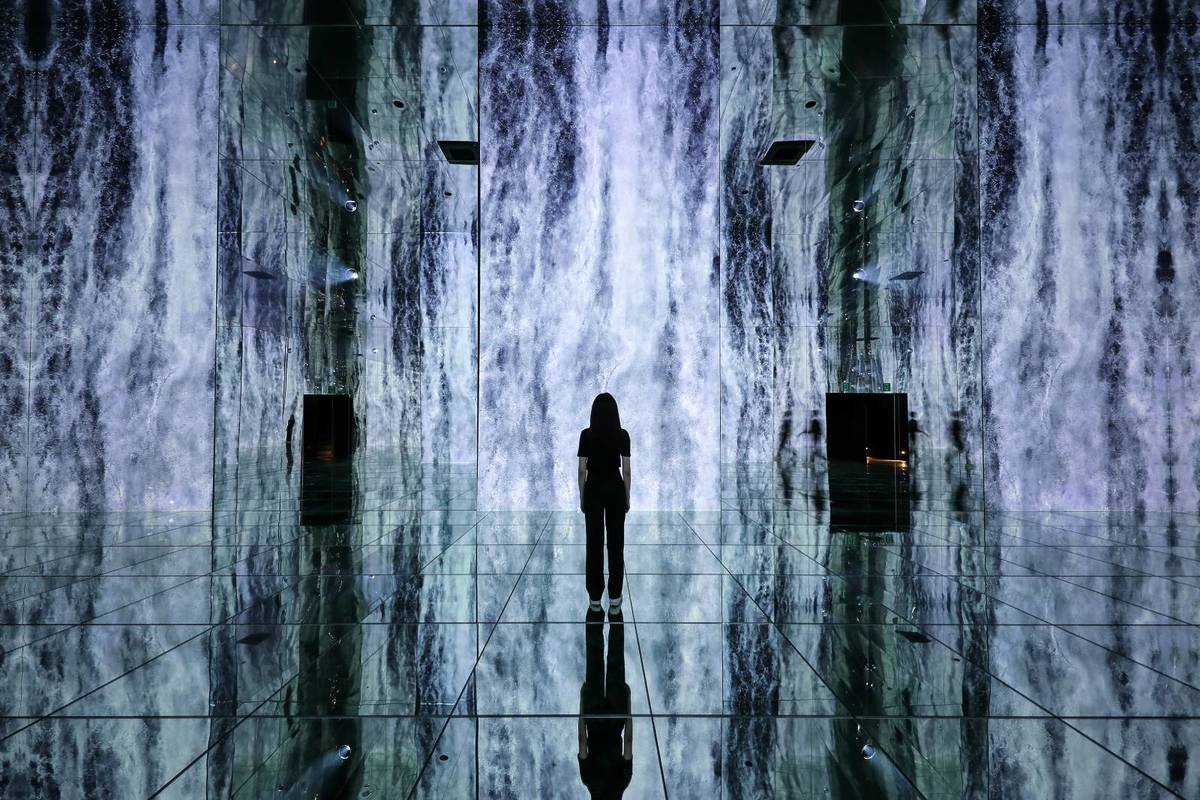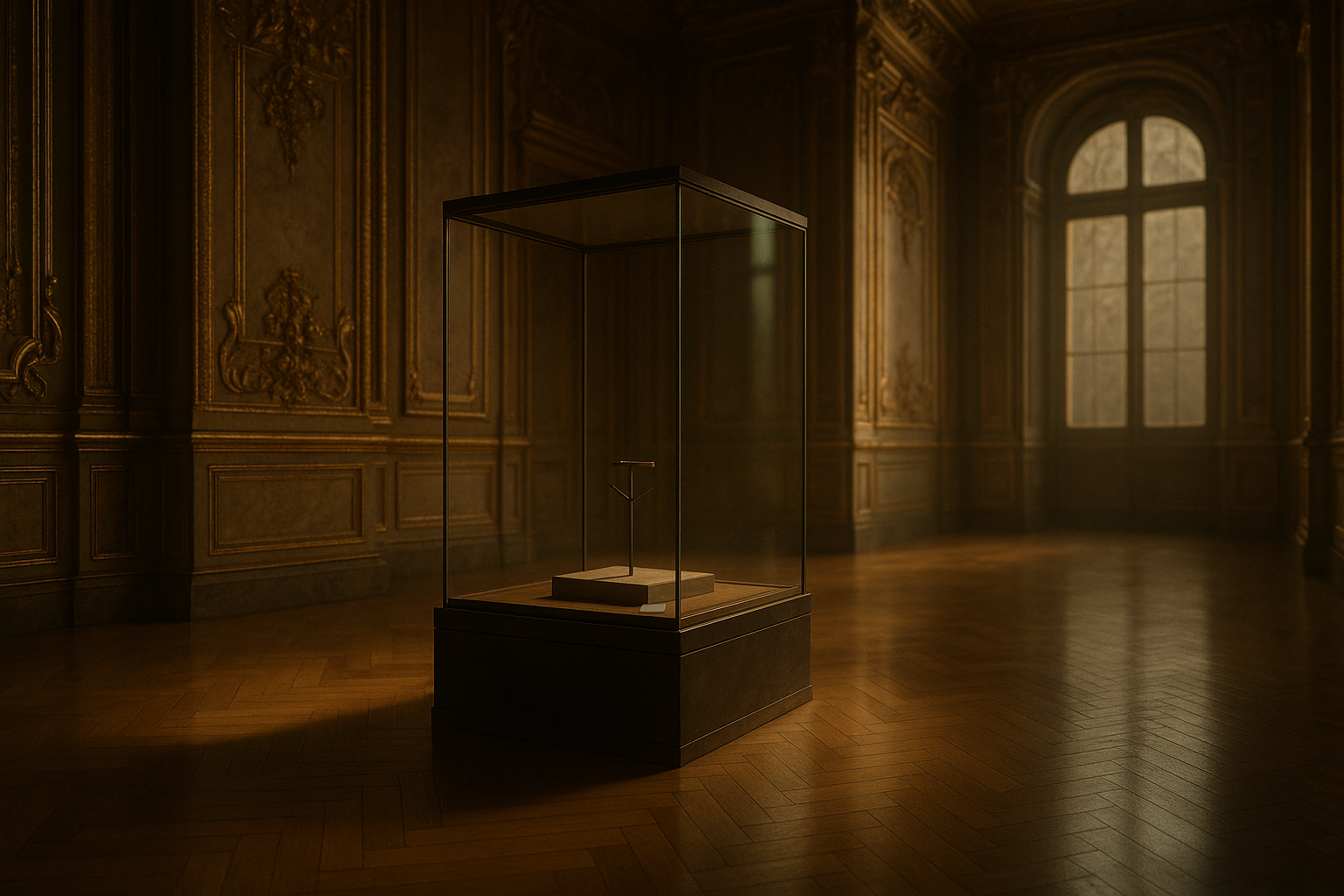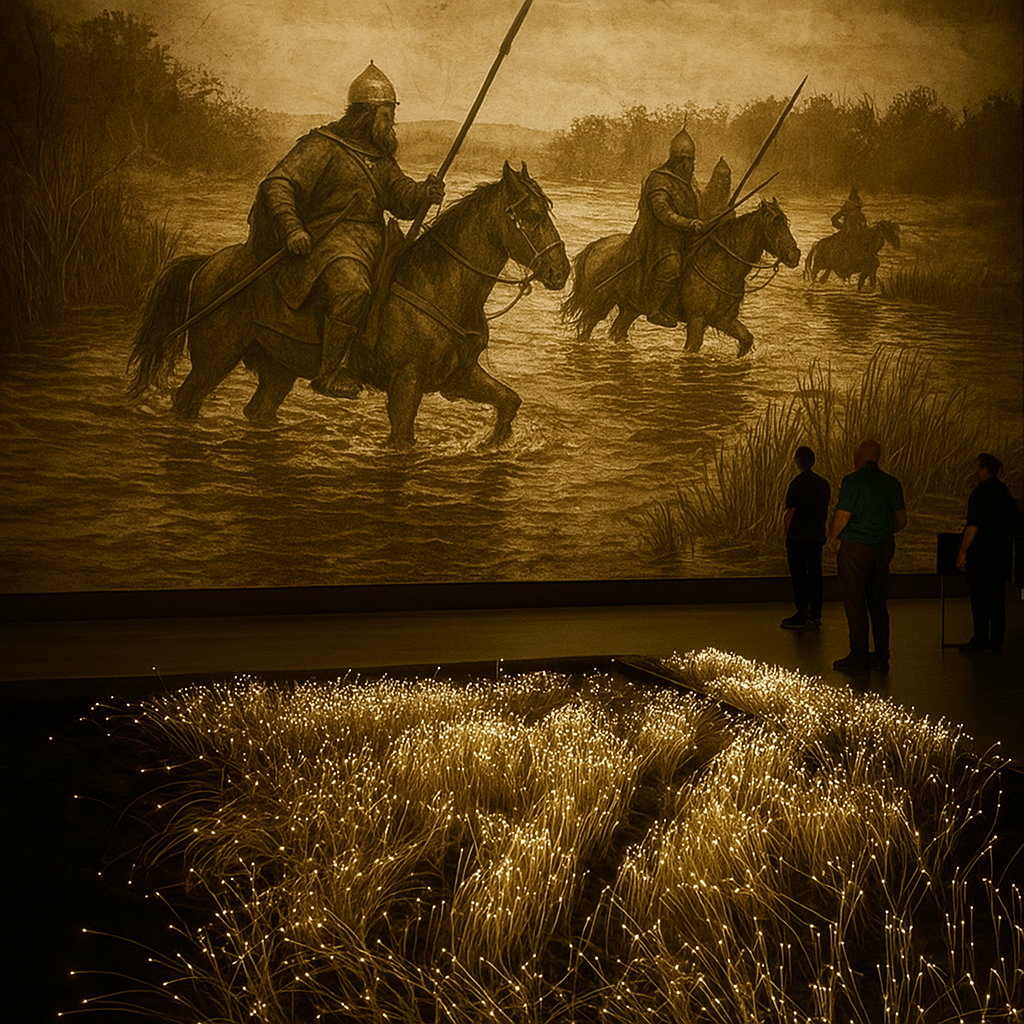What if listening to an audio guide didn’t feel like pressing play on a machine, but like stepping into a conversation with five different people, each with something vital to say?
That’s the idea behind our new immersive audio tour. Instead of one neutral narrator, we’ve created five distinct characters, each offering their own point of view. There’s a voice designed for children, two voices that reflect everyday visitors, and two that bring expert-level depth. One might share what it felt like to be a woman in that era. Another might challenge power and privilege. A third might explain complex history in a way that feels clear and alive.
This approach is part of a growing movement in cultural design, one that favors perspective over authority, and connection over instruction. But how common is it? And what does the latest research tell us about why visitors truly engage with audio content?
Let’s explore how and why character-led storytelling is shaping the future of immersive experiences.
Personalization Through Voice and Perspective
The future of audio guides isn’t just about better sound, it’s about smarter storytelling.
A recent article from MuseumNext points to a growing trend: AI-powered audio guides that adapt in real time based on who the visitor is and what they want to hear. Whether you’re a curious child, a first-time museum-goer, or a returning history buff, these systems aim to shape the experience around your needs and interests.
That’s exactly the philosophy behind our approach. Instead of relying on one generic voice, we’ve built a system around five characters, each tailored to a different mindset. Visitors can choose to follow the voice of a child, an everyday citizen, or an expert. This puts the power of interpretation back in the hands (and ears) of the audience.
It’s not just a technical upgrade, it’s a narrative one. By offering distinct voices, we allow each visitor to feel personally spoken to, rather than spoken at.
Engagement and Retention Through Story
It’s not just a hunch, science backs the power of audio storytelling.
Studies from institutions like the Indianapolis Museum of Art, the Smithsonian, and the Journal of Cultural Heritage have shown that well-crafted audio tours can:
- Increase the time visitors spend engaging with exhibits
- Boost how much they remember afterwards
- Make people more likely to return
- And improve accessibility, especially for visitors with visual impairments or cognitive differences
Why does it work? Because stories stick. When visitors hear a voice that speaks to them, whether it’s a fellow citizen, a child’s curiosity, or an expert’s insight—it becomes more than just information. It becomes connection.
That’s why our characters don’t just deliver facts. They bring emotion, perspective, and a sense of dialogue. It’s this narrative richness that helps deepen learning and transform passive listening into active immersion.
Smart Audio Systems That Respond to You
Audio guides today aren’t just pre-recorded monologues, they’re becoming smart, responsive systems. Thanks to AI and geolocation tools, even smaller museums are now adopting advanced tech. Take the Raja Dinkar Kelkar Museum in India, which recently launched a multilingual, location-aware guide that adjusts content based on where you are in the space and what you interact with.
These systems can track visitor flow, gather feedback in real time, and adapt the journey to your preferences.
We’re following this evolution with our own tools, QR code triggers, optional dialogue paths, and adjustable depth of information. Whether you want a quick overview or a deep dive, our audio guide responds to your curiosity. But we never lose sight of what matters most: a compelling, character-driven story at the core. Because even the smartest tech works best when it feels personal.
Spatialized Audio and the Feeling of Presence
Immersive audio isn’t just about what you hear, it’s about where you feel you are when you hear it.
Studies show that high-quality sound, emotional storytelling, and spatial audio significantly enhance a visitor’s sense of presence, the feeling of actually being inside a moment or place.
That’s why we don’t just record voices in a studio, we build full soundscapes around each character. You might hear a distant carriage, the creak of floorboards, wind through trees, or the turn of a page. These subtle cues are designed to anchor the story in time and space, helping you feel like you’ve stepped into someone else’s world, even if just for a moment.
What the Research Tells Us and How We Apply It
Recent studies and industry insights offer clear takeaways about what makes an audio guide truly effective. We’ve built these lessons directly into our experience design:
- Personalization increases engagement Visitors are more likely to listen and remember when they can choose a voice that resonates with them. Our five-character system allows that freedom: whether you’re a curious child, a casual explorer, or a history buff, there’s a guide that feels just right.
- Rich audio storytelling boosts learning Flat narration doesn’t stick. Emotional arcs, point-of-view shifts, and relatable language help visitors absorb and retain more information. That’s why each of our characters was written with narrative structure and emotional tone in mind.
- Accessibility expands usage Not everyone learns the same way. By including characters with different tones, styles, and depths of knowledge, we create a more inclusive experience, accessible to younger audiences, non-experts, and seasoned historians alike.
- Adaptive tech is now expected Visitors today expect audio to respond to them, not the other way around. We’ve embedded QR triggers, geofencing, and optional branches to make the experience feel alive, responsive, and uniquely yours.
In short, it’s not just about sound, it’s about story, choice, and connection.
In designing our character-driven audio guide, we’ve gone beyond the standard museum voiceover. By blending five distinct personalities with emotional arcs, immersive soundscapes, and adaptive features, we’re aiming to create not just information, but connection.
Whether you’re guided by a child’s curiosity, a scholar’s insight, or the voice of someone long overlooked by history, the experience becomes personal. Human. Alive.
Because in the end, the best audio guides don’t just narrate, they walk beside you.
Which character would you choose on your next visit and why?
Share your thoughts below, or follow us for more behind-the-scenes innovation in cultural storytelling.



